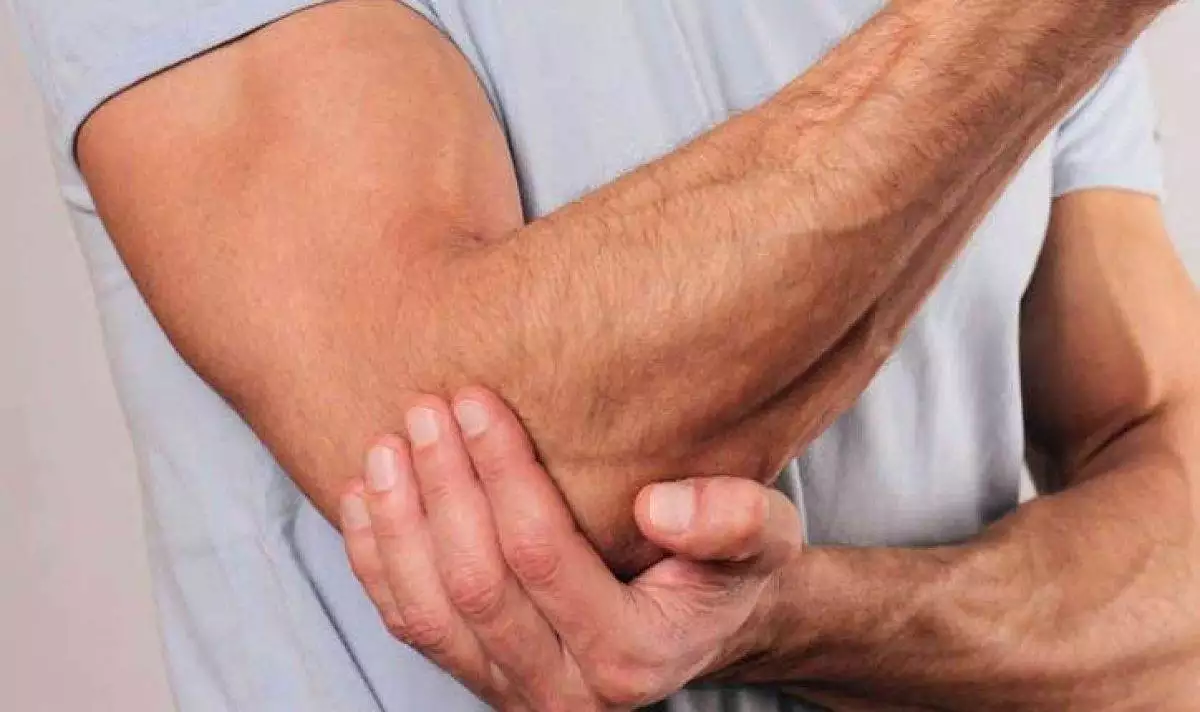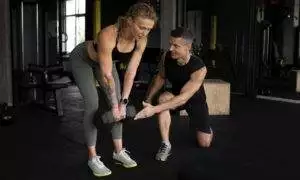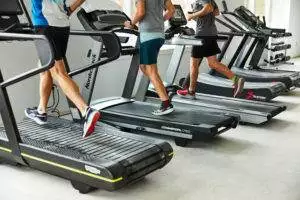Whether you feel elbow pain during or after exercising, this pain indicates an error in the way you perform the exercises.
The most common cause of this pain is performing intense exercises that put excessive pressure on the elbow area, tendons, and surrounding muscles, leading over time to inflammation or damage to the tissues surrounding the elbow.
Treatment for elbow pain during exercise:
If you experience severe elbow pain that you cannot tolerate for long periods and the pain does not improve over time, you should consult a doctor immediately and avoid any physical activity until you receive appropriate treatment.
In the case of non-severe and non-serious elbow pain, several measures can be taken:
Warm-up before each exercise:
Warming up before workouts is important to avoid serious sports injuries. You should allocate enough time to warm up before each training session. This is not a waste of time but an essential part of improving performance and reducing the risk of injuries in the elbow and joints in general. It is recommended to warm up the body for at least ten minutes.
Learn the proper execution of exercises:
There is no problem with adjusting your performance during exercise if you feel elbow pain. It is preferable to seek assistance from a trainer or an experienced person to monitor you and provide corrective feedback to adjust your exercise performance and avoid putting excessive pressure and stress on the elbow and joints.
Elbow massage:
Massage may be an effective solution to relieve joint and elbow pain. It is best to consult a professional masseur for optimal results, but there is no problem with performing gentle massage movements on your own throughout the day, using some pain-relieving creams and improving blood circulation to the area.
Application of ice:
Applying ice may help reduce inflammation and pain in the elbow. You can place an ice pack or a wrapped ice pack in a thin towel on the elbow for 15-20 minutes several times a day.
Rest and relaxation:
You should give the elbow enough time for rest and relaxation after exercise. It may be necessary to reduce the activity of the painful elbow and avoid practices that increase pain.
Non-Steroidal Anti-Inflammatory Drugs (NSAIDs):
Non-steroidal anti-inflammatory drugs such as ibuprofen can help relieve pain and swelling in the elbow. Consult a doctor before taking any medication to ensure the appropriate dosage and related warnings.
If the elbow pain persists during exercise and the symptoms do not improve with the aforementioned home remedies, you should consult a specialist in physical therapy or an orthopedic doctor to better assess the condition and guide you to the appropriate treatment.
It is crucial to take preventive measures and work on strengthening the elbow muscles and improving their flexibility. A fitness trainer or physical therapist can assist you in developing a suitable exercise program to strengthen the elbow and the surrounding joints.
Important: You should consult a doctor if you have severe and intense elbow pain during exercise or if the pain persists for a long time and does not improve with home treatment. This information is provided for reference only and should not replace qualified medical advice.
You have visited 0 post(s)



















